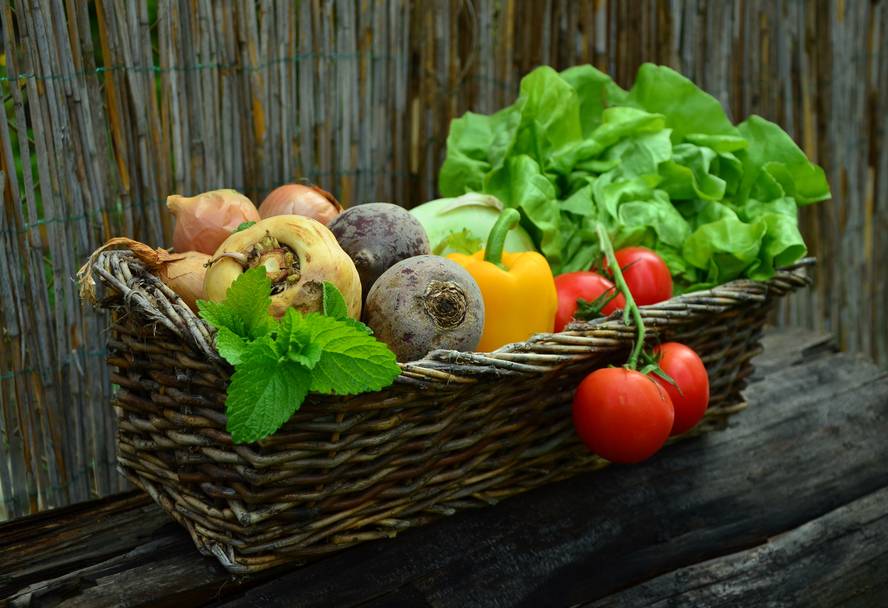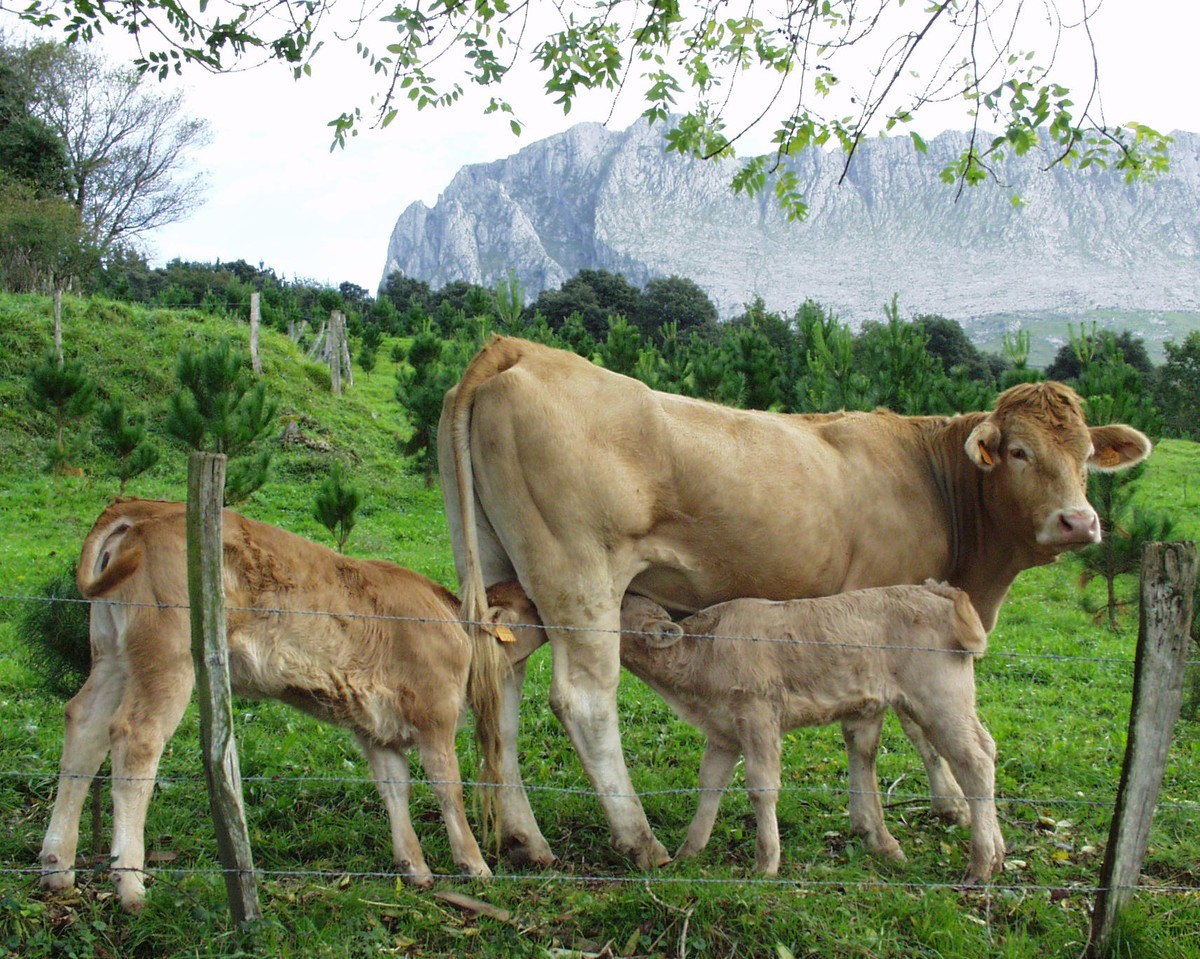Research for healthy eating
When the Vaste Plan defined strategies to carry out the ecological transition, one of the main changes it promoted in food was the reduction in the consumption of food of origin, as the current global consumption of meat is not sustainable. “This message has already materialized in society and has considerably increased citizens’ tendency to consume vegetable proteins,” says Sofia Roca.
Roca is a researcher at AZTI who looks at food trends. In his view, in addition to citizenship, the food industry is gradually introducing this trend. The involvement of industry is essential for it to be viable. “Dairy and meat products decrease, and plant products are also being introduced into industrial food, more than ever. The problem is that it is often a vegan product but with a lot of preservative additives. So at AZTI we are working hard with industry to implement the Vaste Plan but to develop additive reduction strategies.”
In addition to industry, agriculture and livestock have a lot to say. The tendency to reduce animal products is based on the environmental problem generated by intensive livestock farming. However, according to Roberto Ruiz Santos, researcher at Neiker, meat has minerals and vitamins that are not easily satisfied by a strict vegan diet. Thus, strategies are being developed in Neiker to improve meat quality, reducing the negative impacts of livestock farming and promoting ecosystem services.
Lipid profiles
According to Ruiz, the key to improving quality is to provide animals with healthier feed in winter. “In our latest research we have used oilseeds to enrich the feed: rape, flax and sunflower. These feed, applied to pigs and sheep, have shown that their meat and milk have a healthier lipid profile: more conjugated linoleic acid, more polyunsaturated, and a better omega 6/omega 3 ratio, compared to conventional feed containing soybean or palm oil.”
However, improving animal health also affects the quality of meat and milk, as it directly reduces the use of antibiotics. Therefore, Neiker is studying how to strengthen the immune system of livestock.
Resilient animals
“In humans, for example, intestinal microbiosis is increasingly important, especially in childbirth and lactation. Therefore, they directly affect the future health of children,” said Ruiz. “The same applies to animals, and it is essential to ensure the proper development of their immune system. So we've been studying cloister or latxal sheep. It was previously thought that lambs had enough to take as many prayers as 10 percent of their weight, but we've seen that they don't produce enough immunoglobulin. At least 15%.”
In addition, they have created a technique used for the farmers themselves to assess the quality of the sheep mass. “They will be able to pick up people of very good quality and be part of another mother who does not have enough mass. In this way, we will ensure that the herd as a whole has a better immune development and that sheep are able to fight any infection. It reduces the use of antibiotics.”
Ruiz makes it clear that the improvement of these two factors, the immune system of livestock and the quality of feed, are fundamental in the path of a healthy, safe and sustainable human diet.
Human immunity
Roca has added that food is also the main way to strengthen the human immune system. And in fact, it highlights a second trend that has predominated in food as a consequence of the COVID pandemic -19: “In order to strengthen the immune system, there has been a great tendency among the population to check the sufficient intake of vitamins and minerals through food. It is no longer enough to know the sugar and saturated fat content of food, but also its contribution to vitamins and minerals.”
“There are still people who satisfy this tendency to strengthen the immune system through nutraceutics, but there is a desire to do so through food. As a result, more and more natural and vegetable products -- in general, fresh food -- are targeted for consumption. And this trend has certainly come to stop.”
Omics technologies to personalize food
The third trend in food is personalized food, according to Roca. In fact, there's no single pattern of foundation. There is an increasing awareness that the diet should be adapted to the needs and timing of each person. “At AZTI we are using omic technologies to determine the food that each person needs. Specifically, we analyzed the lipidomic membrane. That is, once the lipid composition of a patient's red blood cell membrane has been defined, we can observe its metabolic status and determine which diet is most appropriate for the patient according to his health and the sport he practices. For example, we work a lot with the cancer population. And also with professional athletes, players of Athletic Bilbao.”
4.0 Agriculture and Livestock
Three-dimensionality, which is complemented by the main trends, can also be of great contribution by agriculture, according to the researcher neiker. New technologies being applied in industry are being incorporated into agriculture and livestock: sensors, artificial intelligence, drones, artificial vision… In addition to facilitating farmers’ lives and improving the sustainability of the sector, it can reduce the use of plant health treatments.
Among other things, the possibilities of artificial vision are being studied in the laboratories of Neiker: by using certain spectra of light, it is a matter of detecting some plant diseases very early (when the human eye cannot yet perceive them) in order to apply the treatment before its spread. Objective: to perform localized and minimal phytosanitary treatments.
This will help to get into the One Health concept, as it is necessary to take into account human health, animal health and the environment in order to make the system sustainable.





_display_home.jpg)



